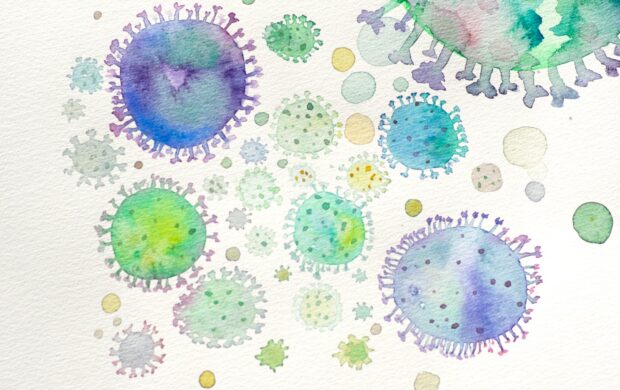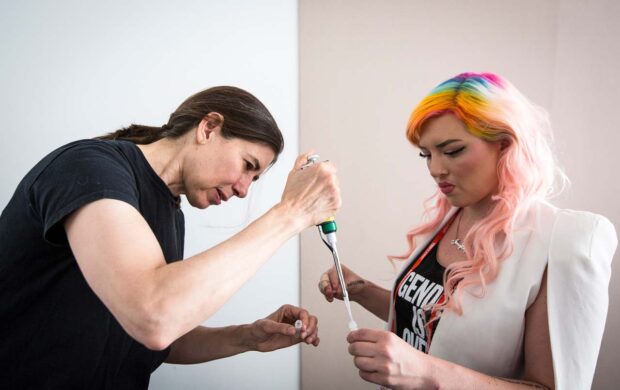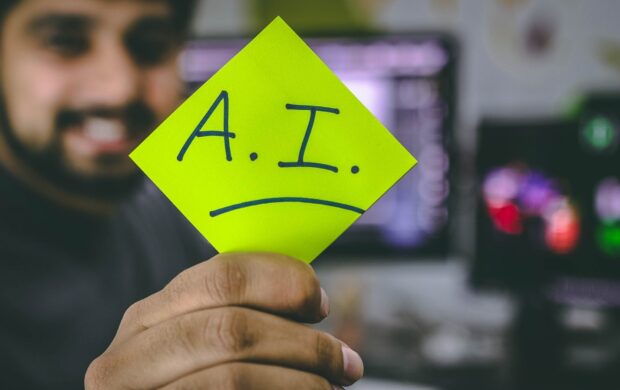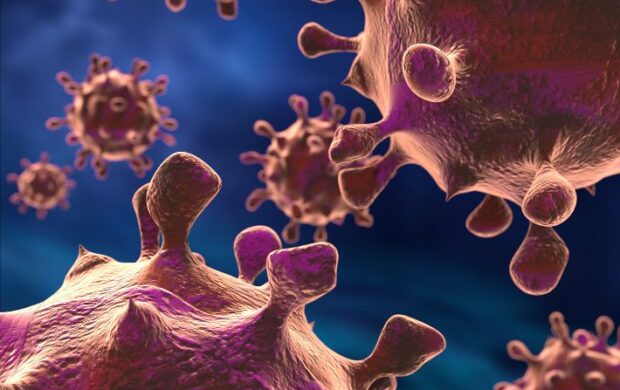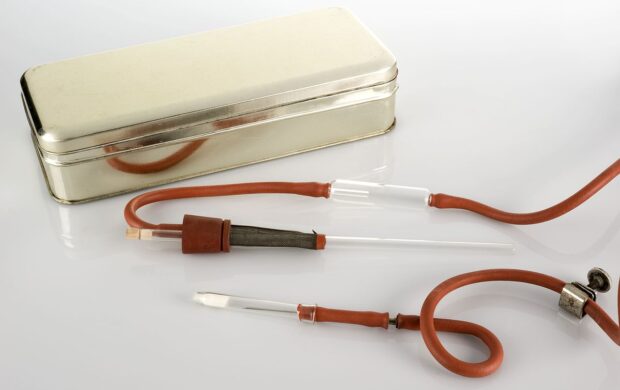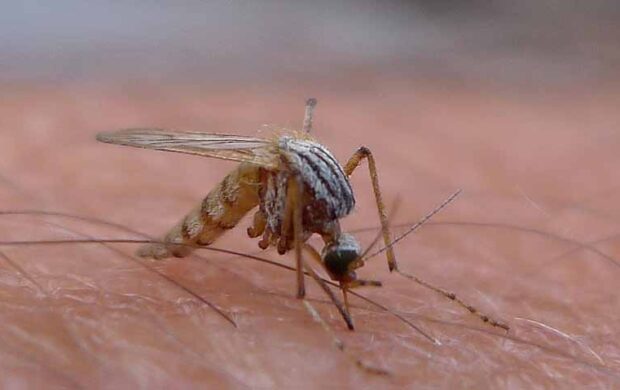In September 2016 it was revealed by the New Scientist that 5 months previously, for the first time in its history, the world welcomed a baby boy born using a technique that incorporates DNA from 3 people.
Born to a Jordanian couple who had been trying for 20 years, the child was created using a technique that involves removing the nucleus from one of the mother’s egg cells, inserting it into a donor cell that has its own nucleus removed, and then fertilising it with the father’s sperm. The resulting egg, which has nuclear DNA from the mother and mitochondrial DNA from the donor, was used to avoid inheriting from the mother the genes for Leigh syndrome, a fatal disorder that affects the developing nervous system, which is found in DNA in the mitochondria.
For the parents, who lost their first two children to the disease, and for embryologists, the achievement is being hailed as a milestone in fertility medicine, and should fast forward progress around the world say scientists.



